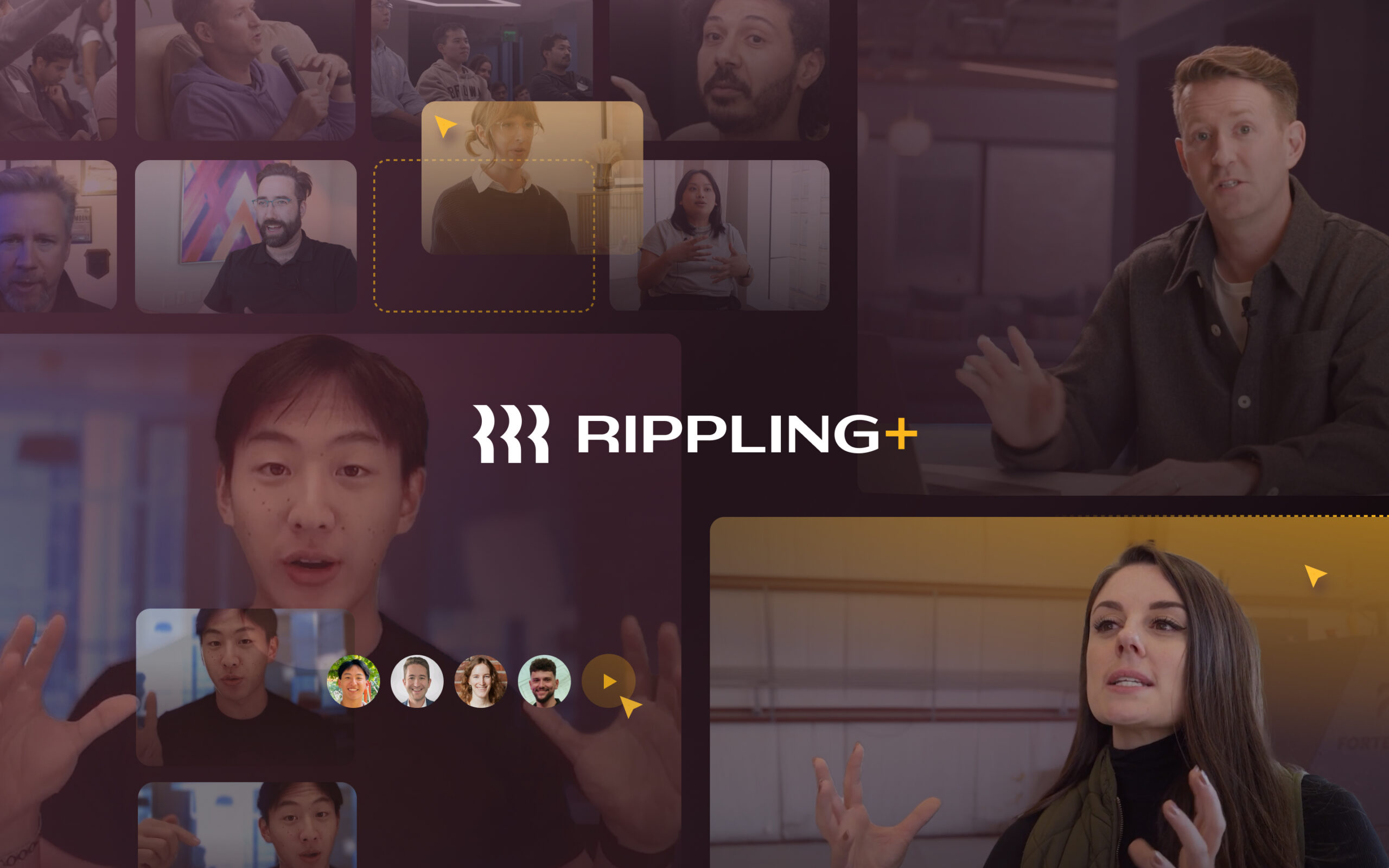“OMG, did you see this week’s paystub?”
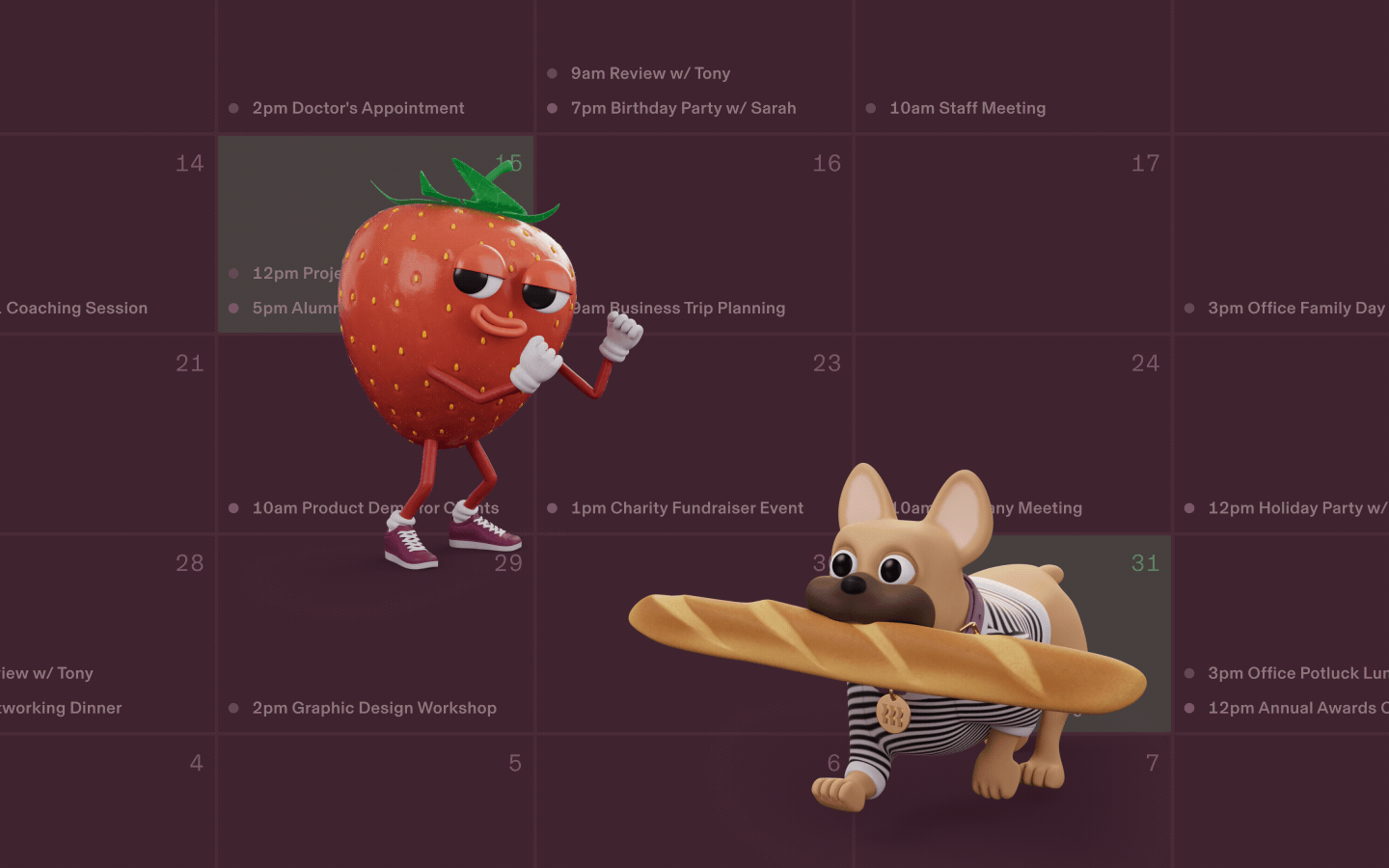
That’s not something you’d expect to hear when you run payroll. But we hear this from customers every time they get paid, and it brightens our day.
Running payroll is serious business. Companies count on us to pay their employees accurately, compliantly, and on time—every pay run. A goofy graphic can't hold up anyone’s paycheck, but that doesn’t mean we can’t have some fun, too.
When people see our pay stub animations dancing in their inbox, they always want to know: Who makes these? How did this all start? Here’s the story of how we took a dull moment and made it delightful.
"I think we should do something cool with our pay stubs."
At the end of 2019, I was knee-deep in my first Rippling project—a full-scale rebrand—when Parker Conrad, our CEO, insisted pay stubs could be a creative opportunity to explore.
I didn’t get it. I saw pay stubs as a functional component of managing employees—a way to double-check deposit amounts and maybe apply for a new apartment.
Determined to see if Parker was onto something, I looked into how other payroll providers emailed them out. It was all pretty boring.
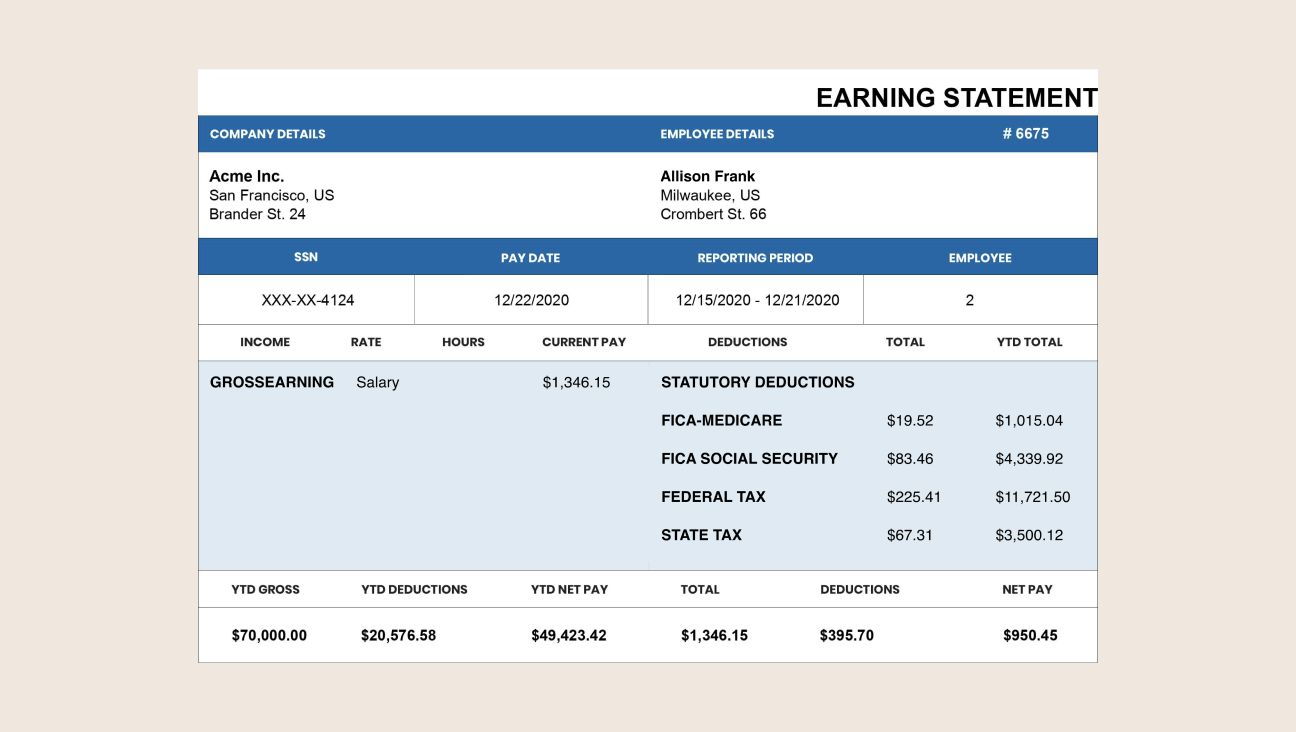
Typical pay stub
Most companies run payroll twice a month. As a payroll provider, this was our chance to build a relationship (and affinity) with employees directly. We just had to figure out how to turn this email into something they would genuinely love to receive.
The answer was pretty simple: illustrate the feeling of getting paid. Excitement, fun, relief… getting paid can feel all sorts of ways. We needed to capture those emotions.
"A strawberry doing the cha cha… write that down!"
This assignment was different from our day-to-day deliverables. A lot of our work is cerebral, strategic marketing, but I wanted this to be FUN! I believe that how you feel when you're working on something will manifest in the creative product.
From day one, I created an environment where we could just play. We scheduled the concept meetings toward the end of the week. We would play music, drink coffee (or wine, depending on the time of day), screenshare random memes, and build upon one another’s weird-ass ideas. Anything went, and they were my favorite meetings of the week.
After just 45 minutes, we'd have a long list of ideas to gather initial feedback on and filter down.
"Don’t show money. That’s too obvious."
After exploring different art concepts, I shared initial ideas with our former CMO, Matt Epstein. He steered us away from referencing money. Too obvious, too polarizing.
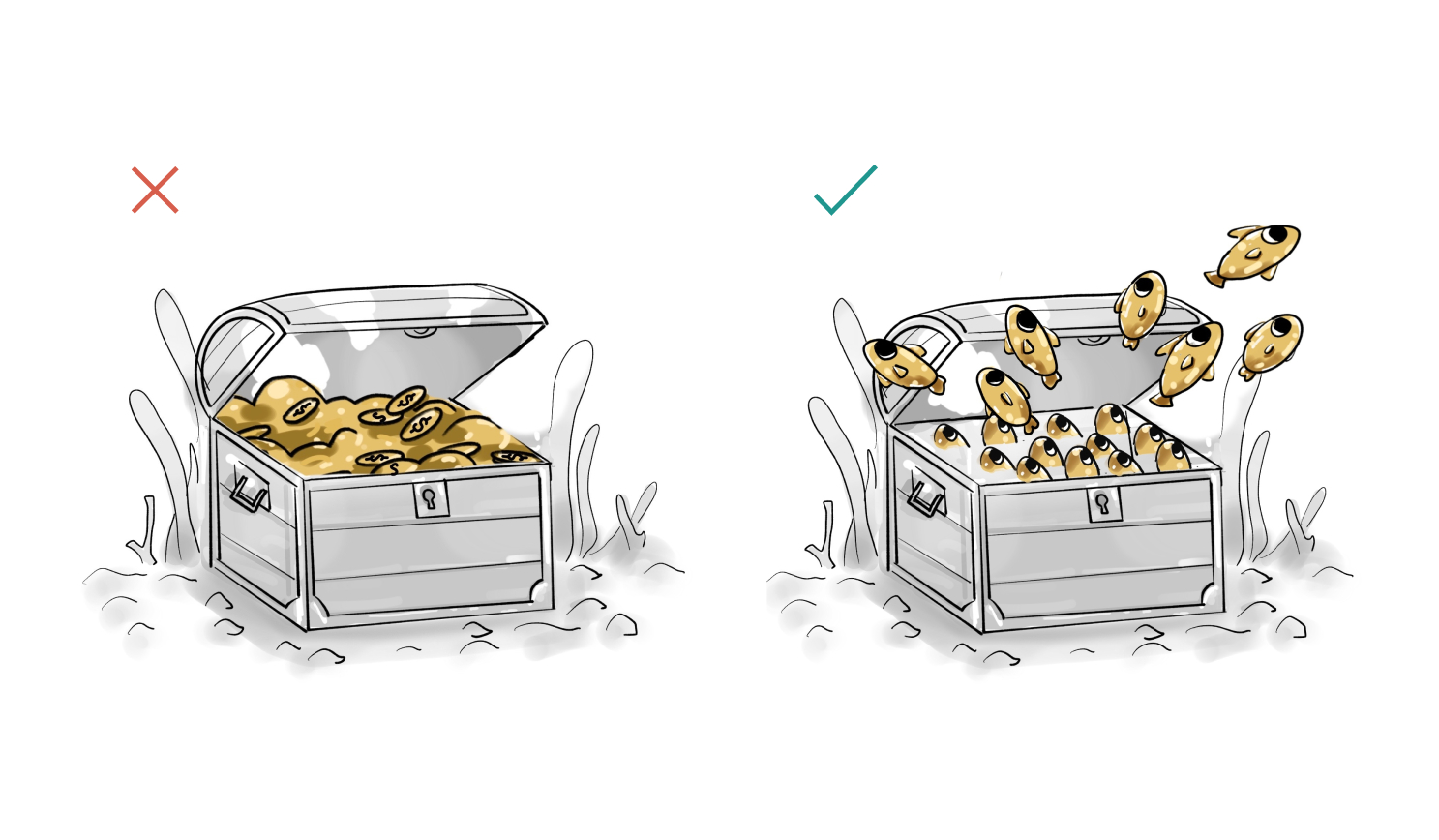
Sure, payday equals money practically speaking, but Matt didn’t want us to harp on dollar amounts. This also gave us more creative leeway—seeing animated cash flying around every pay run gets old after a while.
"They’re paying bills, not bar tabs."
We also learned not to be too playful and portray payday as party time.
Some celebration is fine, but for some employees, payday is pay-the-bills day, not buy-a-round day. We also didn’t want to sow discontent with employers on the brink of mass layoffs or hiring freezes by hinting at parties.
"Is that… a donut?"
After a few misfires, we found a tonal sweet spot we hoped would resonate: animations of characters. Personified objects could draw customers in and add a layer of familiarity.
In a rebrand meeting, I presented an example of this updated approach: a donut bathing in a coffee mug.
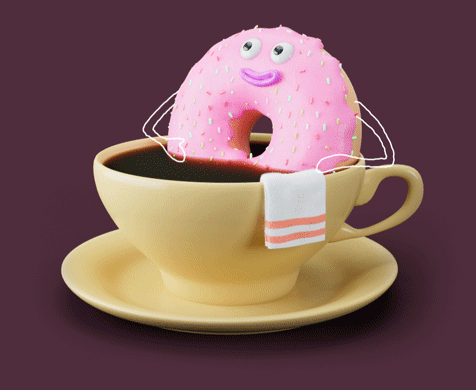
“Is that… a donut?” our COO, Matt MacInnis, asked. He worried we’d erode our brand credibility by veering into such playful territory. I strongly disagreed (Hi, Matt).
*Points to brand principles*
I explained to MacInnis how I viewed pay stubs in relation to our three brand principles: premium, powerful, and a touch of playfulness. These principles define the essence of our brand and help us integrate our identity across every interaction that prospects, customers, and employees have with Rippling.
Instead of equally distributing these principles across every audience and touchpoint, I like to think of these as levers we can pull depending on the context.
Pay stubs gave us a direct line to every employee whose company uses Rippling. While we often market our platform to prospective buyers—HR leaders, CFOs, and COOs—this was a chance to take a dull moment that every one of our end-users experiences, lean into our playfulness principle, and spark some joy.
Once MacInnis realized that our entire brand wasn't going to turn into a cartoon donut, he saw the vision.
"$*!%, now I need to make 24 more…"
Pay stubs aren’t as simple as everyone gets paid on the first and the 15th. Some companies run payroll every two weeks. Others pay contractors intermittently. This project was both a creative and logistical challenge.
We hustled to conceive and create more stubs, but it was always a race against the clock. Initially, we delivered each asset just ahead of the pay run.
All the while, we built a process to extend the lead time. Soon enough, we were shipping in batches... two weeks, four weeks, two months, six months, until in 2023, we were delivering a full year’s worth at a time.
"Is this really my job?"
Like everything at Rippling, if something’s working, we double down. After a year and a half, it was clear that our pay stubs were hitting the mark.
Now it was time to up the production value. Similar to how Google commissions an entire team for its logo doodles, we needed dedicated design, animation, and creative talent to take pay stubs to the next level. Enter Rippling Brand Designer Patrick Iadanza.
I told Patrick I was hiring him for three things: pay stubs, our illustration style, and website imagery.
“You had me at pay stubs,” he told me. “Is this really my job, or are you tricking me?”
I wasn’t. While Parker planted the seed for these animations and I watered them, Patrick made them flourish.
It’s payday. Peas out!
It's payday. It's a pearl jam!
It’s payday. Party like it's 1999!
It's payday. Holey moley!
It’s payday. Survey says: 😃!
It's payday. Keep it up!
While the style and basic principles remained the same, Patrick revamped the animations to have more specific character traits. After all, people love anthropomorphic mascots (Hi, Tony the Tiger). Patrick designed a cohesive visual identity, exploring how we could consistently represent certain facial features, like eyes, throughout the different animations.
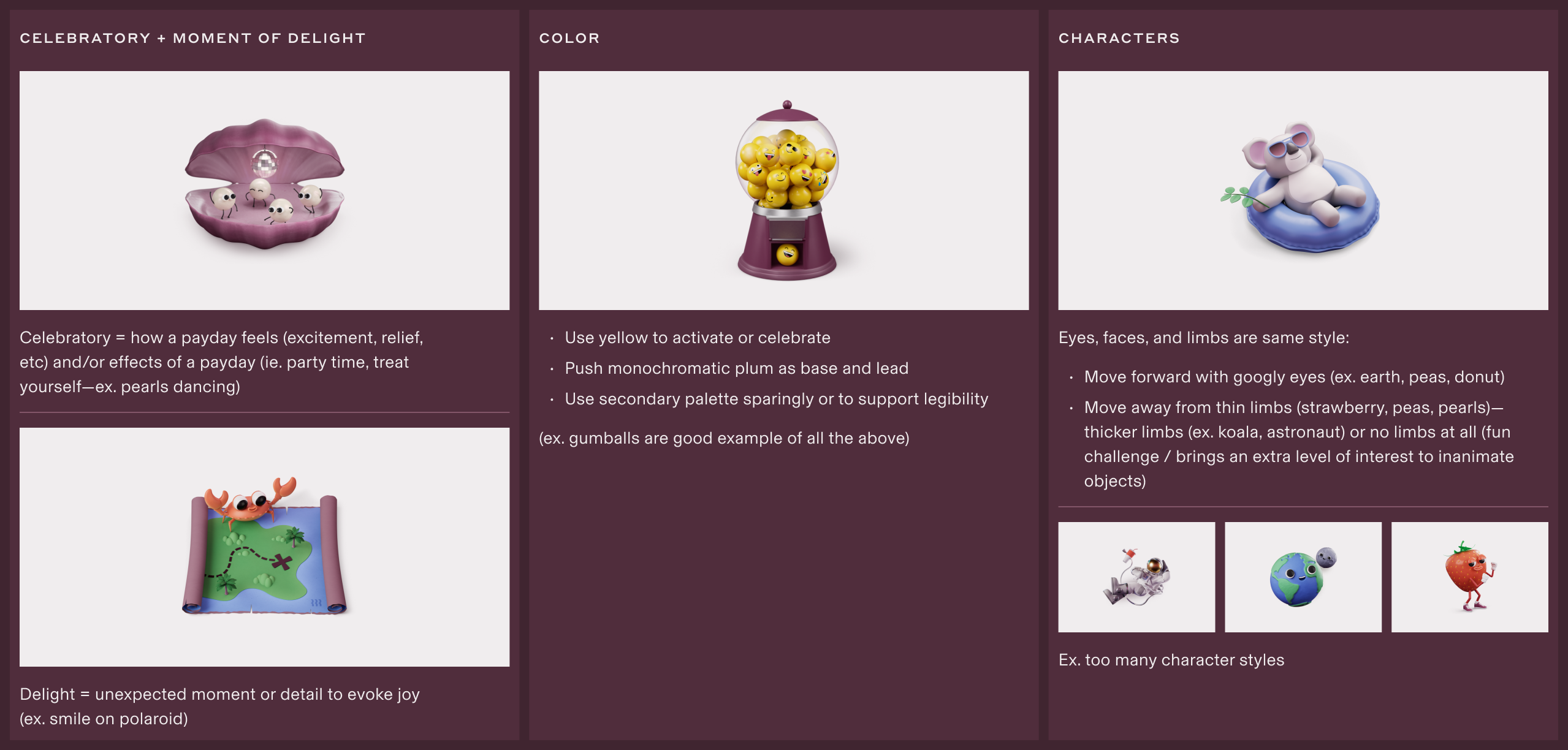
“Eyes, limbs, and expressions attached to unconventional characters, greeting customers each pay period to deliver a customer's hard-earned paycheck? What's not to like?” Patrick said.
He also thinks of these features as a wink from us Ripplers. “The smiling faces of those characters are representations of us building Rippling products for you and helping you enjoy a payday,” he said. “It’s a moment where we can bring delight when it’s most deserving.”
"It’s like Pictionary!"
Behind the scenes, we have fun turning ideas into animations. Patrick concepts them in partnership with copywriters and members of our Brand Studio team. They work in batches, planning out a year ahead.
Just like in the early days, our new team starts by spitballing ideas for animations and captions.
Next, the team votes on its favorite concepts and sends the winners out to Nick Hopkins, an animator at Run Kick Shout, to create a pencil sketch rendering. “It’s like Pictionary!” Patrick said.

After a few rounds of feedback, we nail down dimensions, movement, and shadows.
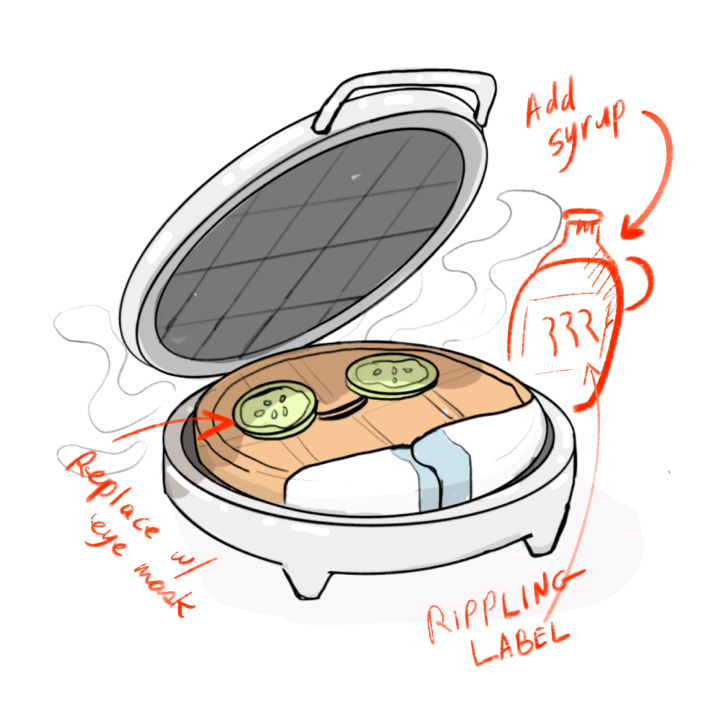
Finally, the studio animates and ships.

We also now cycle in animations tailored to international Rippling markets like Australia, Canada, and Mexico. For every global iteration, we rely on regional focus groups to guide us away from cliches or misconceptions.
Australia
It's payday. Leaf your troubles behind.
Canada
It's payday. Let moose!
Mexico
It's payday. Look at you go!
“What’s the pay stub this week?” — Anonymous customer’s wife
A lot of what we do within marketing can and should be measured. But the value of pay stubs isn’t measurable. Nor should it be. What is clear: the impact they have on our customers.

Disclaimer: Rippling and its affiliates do not provide tax, accounting, or legal advice. This material has been prepared for informational purposes only, and is not intended to provide or be relied on for tax, accounting, or legal advice. You should consult your own tax, accounting, and legal advisors before engaging in any related activities or transactions.






